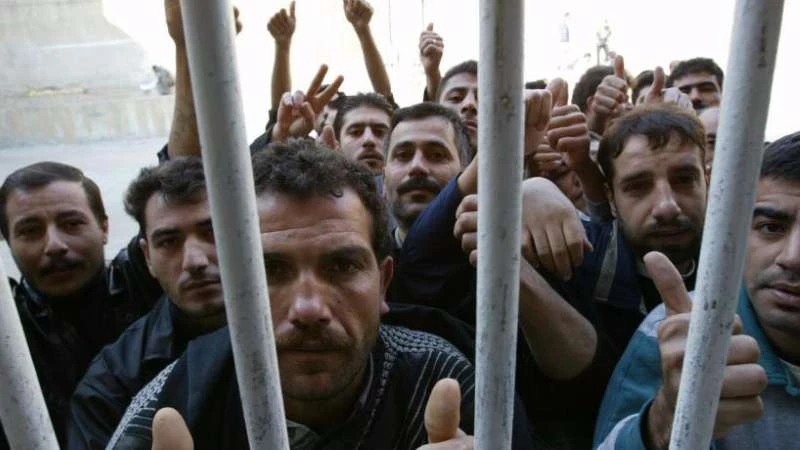More than 500 survivors of those prisons were interviewed in a new report released Monday by United Nations investigators. Almost all were tortured or witnessed torture while in detention, and more than 200 of them saw a fellow prisoner die in jail, often directly at the hands of security forces. According to the report, the treatment of civilians in these prisons amounts to a policy of extermination — a crime against humanity.
“Based on the same conduct, war crimes have also been committed,” the investigators said in their report, which did not name specific suspects but said the U.N. Security Council should impose sanctions on high-ranking Syrian regime officials.
Evidence presented in Monday’s report, which documents atrocities allegedly carried out in regime detention centers between March 10, 2011, and Nov. 30, 2015, were the methods of torture used by Assad security forces.
Children as young as 7 were among those who died in regime’s custody. The parents of a 13-year-old boy arrested during a 2011 protest in Sayda next saw his body when it was returned to them dead and mutilated. Prison guards often tortured and killed detainees in front of fellow prison mates.
In 2014, prisoners in Damascus were forced to face a wall while prison guards kicked a cellmate in the head and all over his body. Vomiting blood, he asked the other detainees to tell his family what happened to him. “He died,” a survivor told the independent U.N. researchers. “We closed his eyes, wrapped him in a military blanket, and read the Quran in our hearts.”
A survivor who was detained in Homs recalled watching an elderly man die after prison guards burned his eyes with a cigarette, stabbed him with burning metal, and hung him from his wrists. It took three hours to kill him.
In other instances, the deaths were not so quick. In 2014, a prisoner’s genitals were mutilated and the man, who held in a prison run by the Syrian army’s 4th Division, survived for three days afterwards.
Those who were tortured often developed infections from their wounds, and were left with no medical treatment. One prisoner held in a Syrian Air Force intelligence prison in Aleppo was left in the hallway when guards saw he could no longer stand on an injured leg. It took days for anyone to realize he was dead, and when his family collected his body they could not even recognize him.
According to the those interviewed for Monday’s report, the prison conditions were consistent across the country. Cells were jam-packed, often forcing men to take shifts sitting down or standing up. With limited access to toilets, prisoners often had to use the cell to relieve themselves, even if it was already crowded. Lice and scabies were reported as some of the most common infestations.
Many prisoners were underfed to the point of starvation, or given food that was rotten and caused vomiting and diarrhea. A handful of detainees mentioned in Monday’s report died due to pre-existing conditions that guards did not address, including diabetes, asthma, and heart failure.
Prisoner-patients who were allowed access to hospitals knew such medical care would not ensure survival. They were often asked to help wrap dead bodies of detainees who were taken to the hospital too late.
Others succumbed to psychological disorders after being held in torturous conditions or isolation. Survivors reported that many of their fellow detainees stopped eating or drinking, and later died in their cells.
According to the report, there is also reason to believe that many prisoners were extra judicially killed by security forces. In 2013, dead bodies began floating through the Queiq River in Aleppo. At least 140 of them had gunshot wounds, and their hands were tied behind their backs. Witnesses claimed they originated in regime -controlled areas.
Families that attempted to collect death certificates for their loved ones were repeatedly told prisoners had died from heart attacks.
But one father told the investigators he refused to accept a certificate with that description of his son’s death. “It would be like giving them permission to kill him,” he said.
Siobhan O’Grady in Foreign Policy.



التعليقات (0)